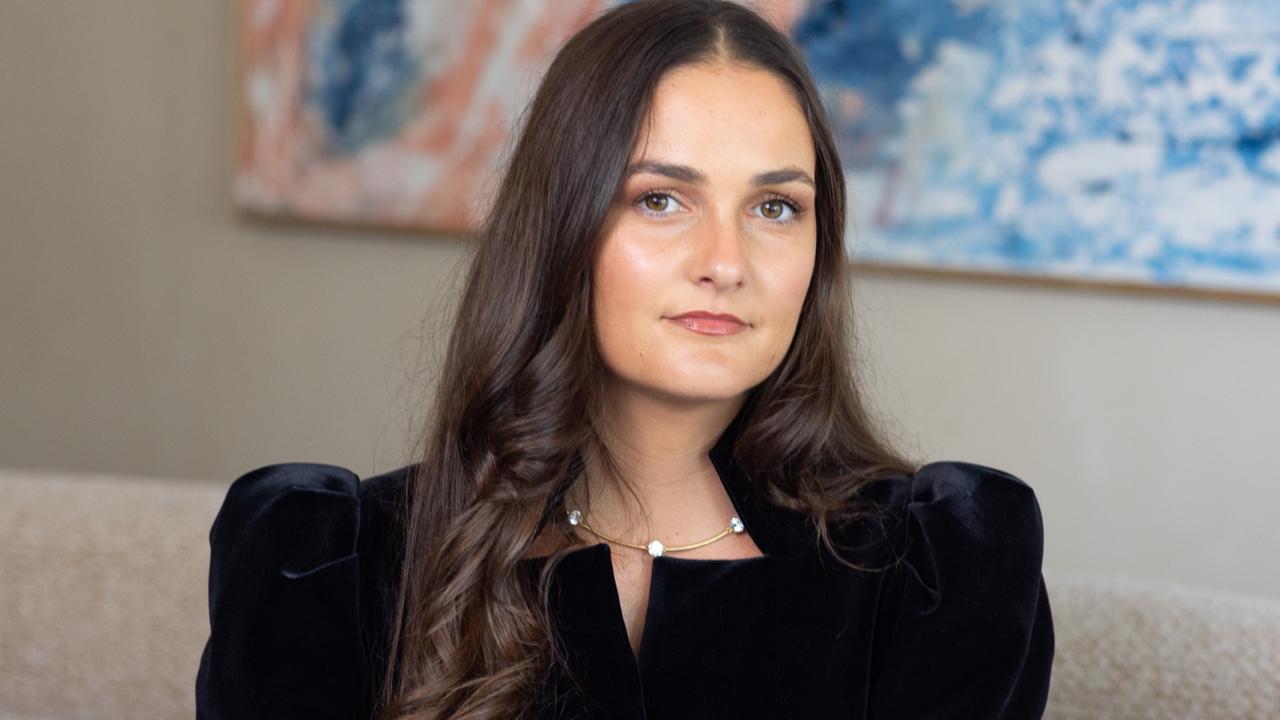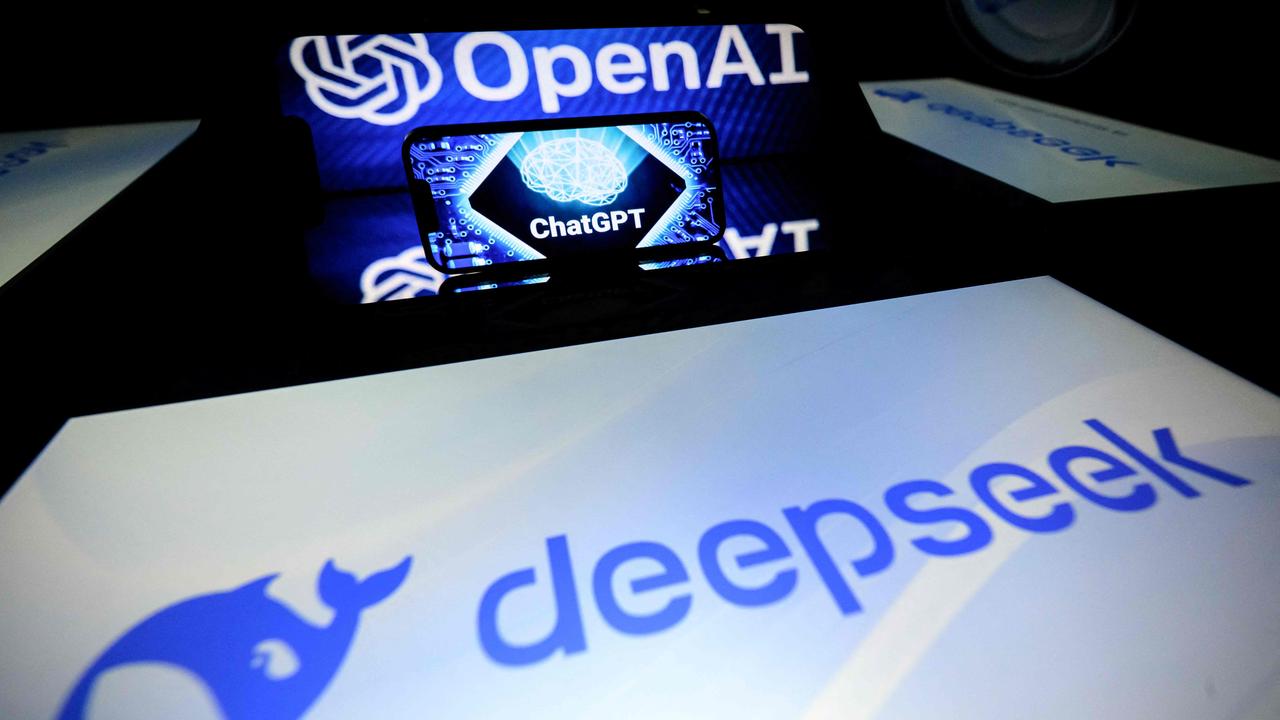How these Aussies are building the world’s largest epilepsy database
A team of researchers, neurologists and tech experts is running MRI scans through artificial intelligence under an ambitious new project which could save the nation billions of dollars each year.
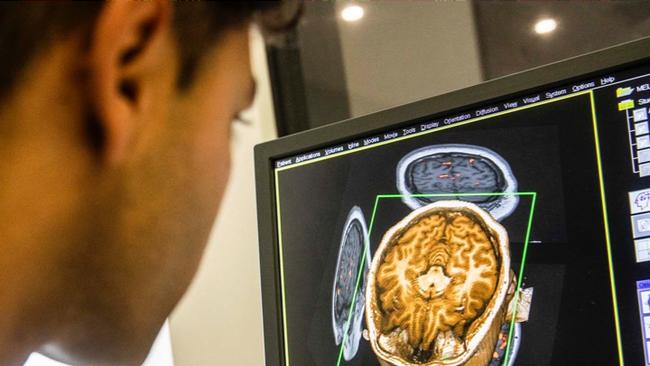
What do 800 brains belonging to Australians afflicted with epilepsy have in common?
A team of researchers, neurologists and tech experts is trying to find that out, and is running MRI scans through artificial intelligence as part of an ambitious new project which could save the nation billions of dollars each year.
The Australian Epilepsy Project’s new research is part of a growing trend – one win which researchers, specialists and doctors team up to use the rapidly advancing technology to look for the kinds of patterns, anomalies and similarities which would usually take research teams months to detect.
Instead it’s being done in seconds. AEP, part of The Florey Institute of Neuroscience and Mental Health, believes that it could soon change the way this particular neurological disease is treated.
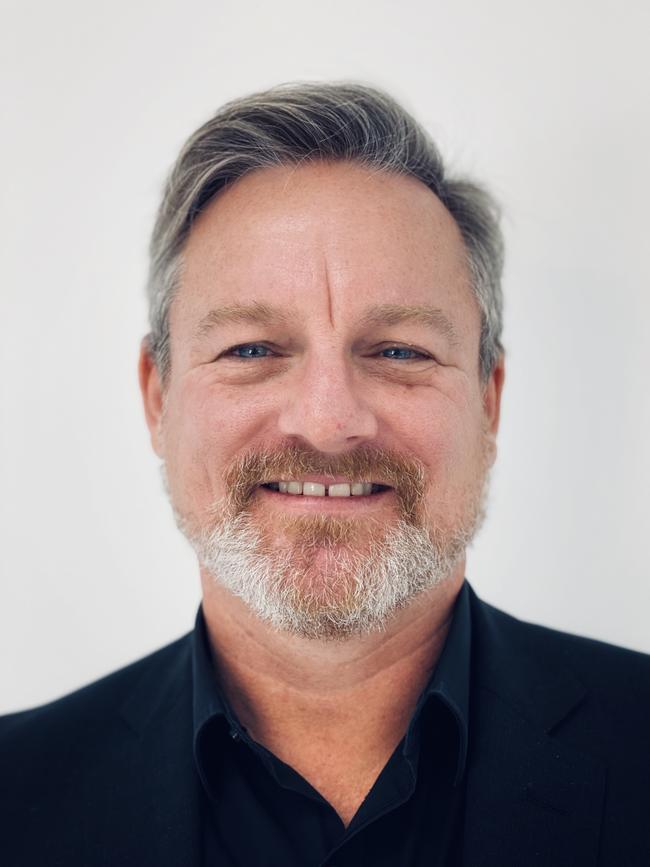
Leading the project is chief investigator Dr Graeme Jackson, AEP executive lead Donna Hutchison and AEO digital and technology lead Anton de Weger.
Mr de Weger said the project, which officially began in 2021, was now growing at a rapid pace thanks to its recent use of an AWS AI product.
“The AWS component allowed us to then build a common processing capability underneath our systems that allows us to then automate many of the things that we were doing manually before,” Mr de Weger said.
About 250,000 people live with epilepsy in Australia, and a shortage of expert care often limits the treatment and quality of life for many with the disease.
Dr Jackon said recent data showed that the average time in which people with epilepsy suffered seizures hadn’t changed in decades.
“In 1988, the average length of time that someone had seizures before they got surgery was 22 years,” he said.
“In an audit of 2023 data, the average length of time people had seizures was still 22 years so it has never changed. Most of these people without testing would need surgery.”
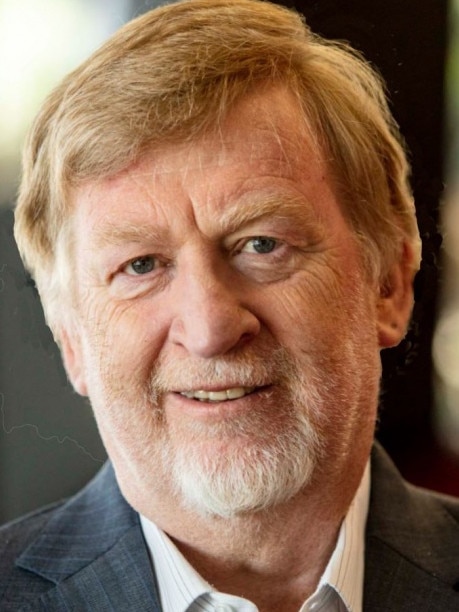
Ms Hutchison said AEP wanted to give patients access to data on the day they are tested, which might indicate they need surgery for their epilepsy.
“We have a health model built around this that has demonstrated what it takes to go from 20 years of seizures to two years,” she said.
“It also demonstrates what early detection can give back in terms of quality of life, their ability to work, their ability to study and their ability to drive.
“That is also a significant cost savings to the Australian economy, upwards of a billion dollars in healthcare costs and lost productivity.”
When the project first began in 2021 it was using machine learning models and automation to help gather data. It was started after a $30m contribution from the Medical Research Future Fund under the Department of Health and Aged Care.
However, over the past 18 months AEP has made its most significant strides, with Mr de Weger coming on board to steer the project through newer techniques using generative AI.
“We’re taking some of the newer AI techniques, including generative AI, to be able to understand the disease and understand the data impacts that we’ve got,” Mr de Weger said.

AEP has bold plans for its research and database and has begun setting up testing across the country so that it can reach a patient target of 4000 people, Ms Hutchison said.
“It has taken us a little while to build up our distribution model which is setting scanning sites all across Australia,” she said
“We do everything virtually, except for the advanced Imaging scan, which we’re partnering with universities and research institutes across Australia.”
What AEP requires is a patient’s cognitive tests, MRI scans and medical history.
Giving access to their scans and tests isn’t for nothing, as AEP promises access to world-leading diagnostics, including advanced imaging.
In the process hopes to standardise testing for patients who are suspected of having epilepsy which until now Dr Jackson has described as quite “random” and said there was “no centralised process”.
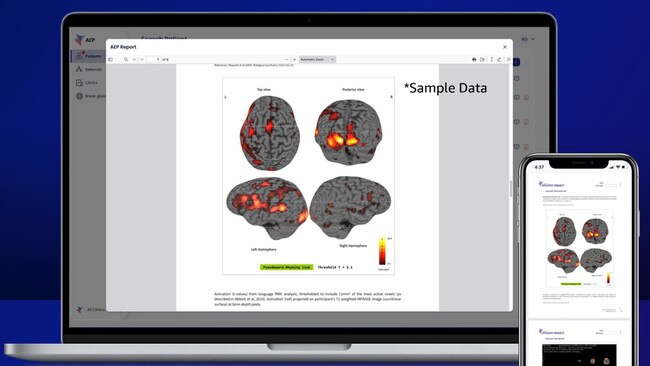
Data collected is also being used to build a platform which neurologists and specialists worldwide will be able to access. But before it’s complete, AEP needs to reach its 4000 patient target.
The project is not only significant for Australia but globally, said Simon Elisha, AWS’ chief technologist for its public sector business.
“The Australian Epilepsy Project is leveraging AWS to build the world’s largest connected dataset for epilepsy to better understand the condition,” he said.
“By applying advanced cloud technologies, including machine learning, we can gain deeper insights and help neurologists accelerate research, streamline clinical workflows, and provide more timely and personalised care for patients (including predictive treatment with AI), improving the lives of more than quarter of a million people in Australia living with this neurological disorder.”




